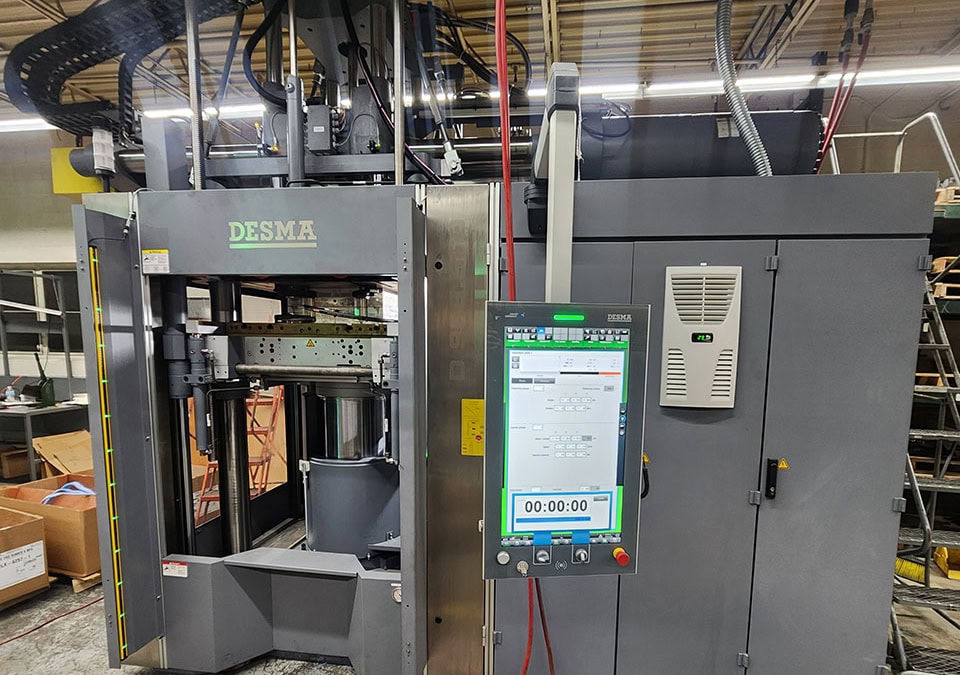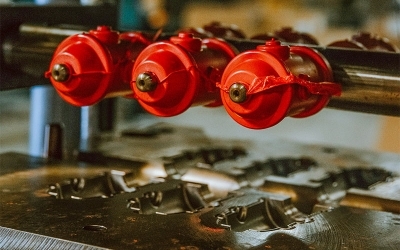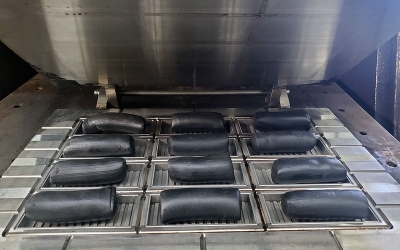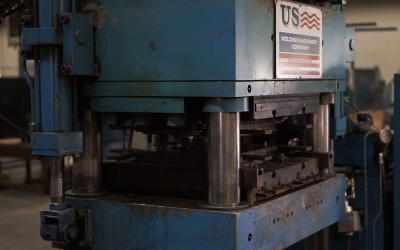Comparing EPDM vs. Neoprene: Finding the Best Rubber for Your Application
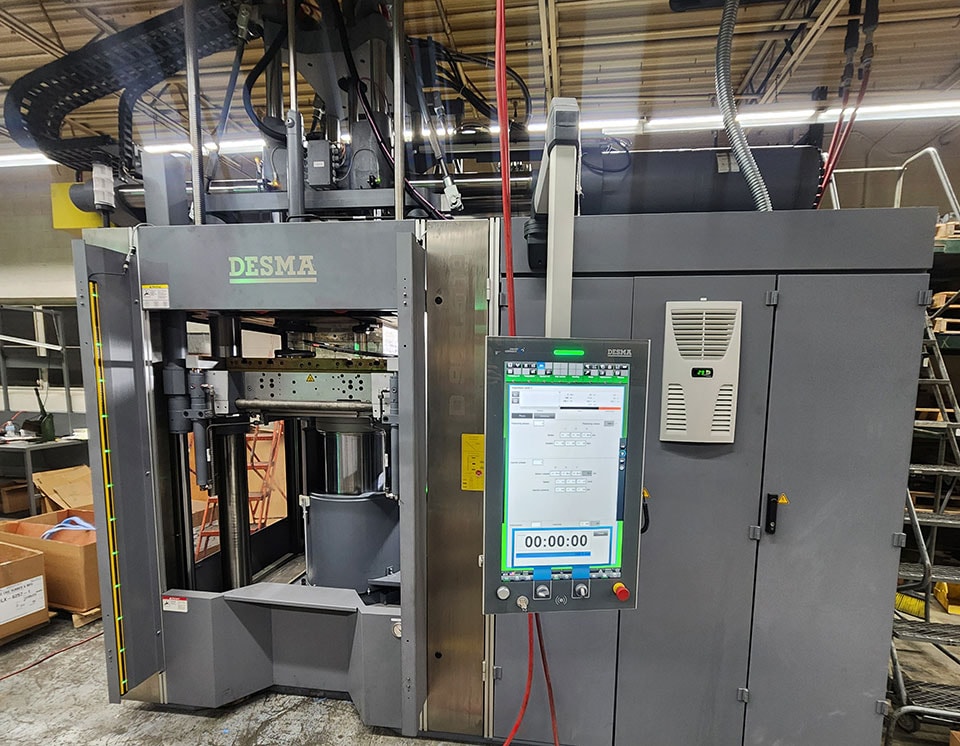
Since 1909, when Fritz Hoffman first synthesized polymerized isoprene, the number of synthetic rubbers has continually grown and expanded to a wide variety of compositions suitable for diverse applications. Two such synthetic rubbers, EPDM and neoprene, are routinely compared against one another as they both offer considerable durability and resistance to specific conditions or chemicals. This article from the experts at Lake Erie Rubber takes a deeper look at the two synthetic rubbers, a brief history of each, and a helpful chart comparing EPDM vs. neoprene across several crucial performance factors and modern applications. If you are interested in learning more about our compression, injection, or transfer molding services for EPDM and neoprene rubber, please contact a member of our team today with more information on your project to receive a detailed quote.
A Brief History of EPDM & Neoprene
Due to the relative scarcity, difficult production process, and somewhat limited performance characteristics of natural rubber, scientists were hard-pressed to invent and produce a variety of synthetic rubbers that could meet evolving industrial demands. Neoprene, first developed in 1930 by DuPont, was primarily developed for use by the US Military and was a critical component in various gaskets, hoses, and other vehicle parts. After the war efforts subsided, neoprene became the leading rubber used in wetsuits and continues to be a widely used synthetic rubber across the world.
Learn More About Neoprene Rubber
EPDM, when compared to neoprene, was officially developed some thirty years later in the 1960s also by scientists at DuPont. Much like neoprene, EPDM was created to help meet the global demand for rubber products while providing added resistance to extreme weather conditions, temperature ranges, and degradation by ozone exposure. In the last sixty years, EPDM has become a leading rubber choice for any applications that require an electrical motor, as EPDM provides exceptional resistance to ozone exposure with minimal performance degradation.
Comparison Chart for EPDM vs. Neoprene Rubber
Many of our customers in the industrial, construction, rail, and oil and gas industries come to us for input on which synthetic rubber is best suited for their applications or unique product designs. With decades of experience working on projects with complicated specifications or performance demands, our team has built a comprehensive understanding of when to utilize EPDM and when to work with neoprene. The chart below details several of the frequently asked questions we receive from clients looking to develop a component with one of these specific synthetic rubbers.
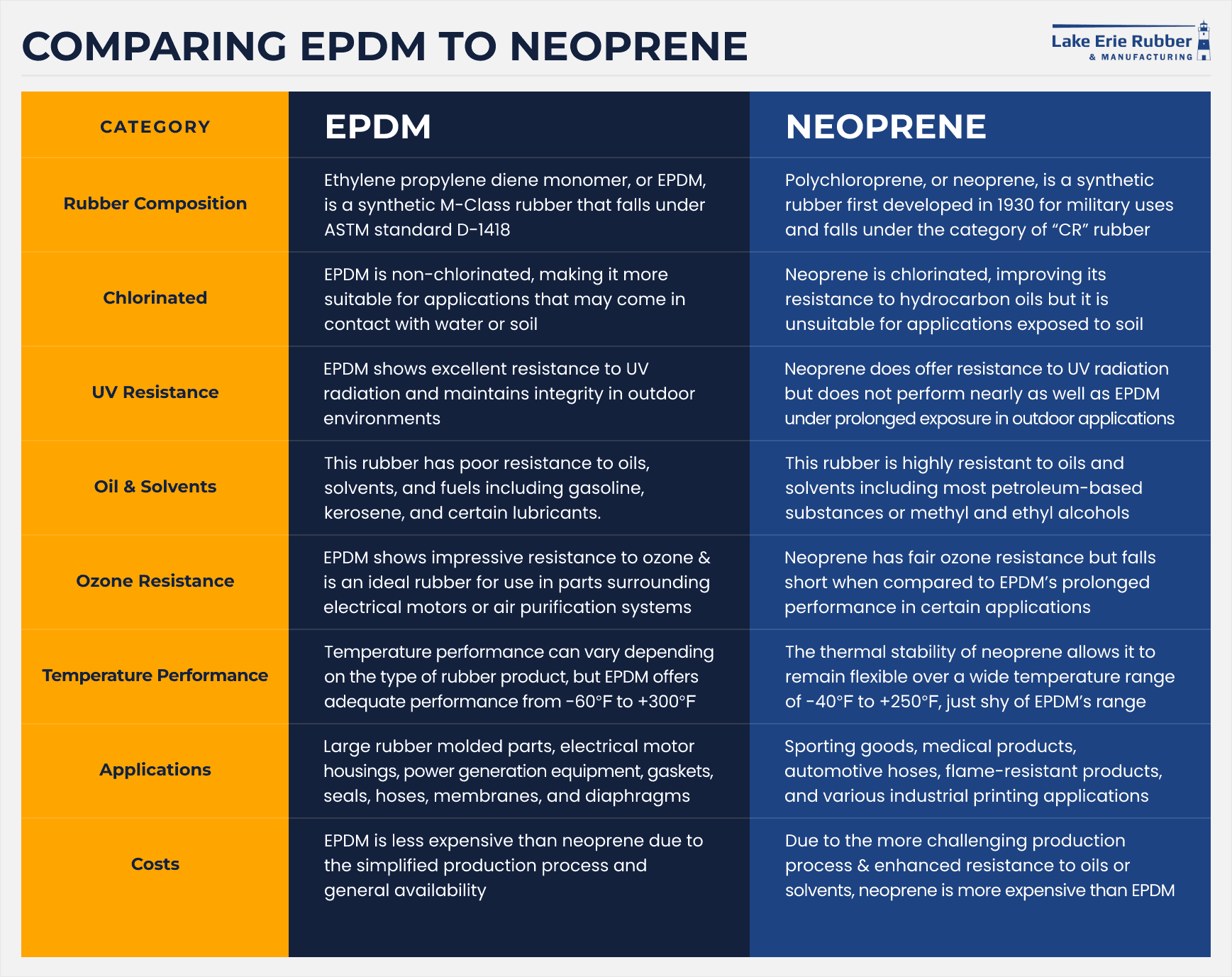
Several Key Differentiating Factors between EPDM & Neoprene
As noted in the chart above, there are a few categories where the performance between the two rubbers is quite noticeable and may impact their effectiveness for certain applications.
- Ozone Resistance: EPDM is the more suitable rubber for applications with continual or regular exposure to ozone that can cause other rubbers to degrade, crack, and fail. With the rise in electrical motors throughout the industrial world, especially in power generation or rail transportation sectors, Lake Erie Rubber has become a leading provider of EPDM rubber molded components for these customers.
- Temperature Range: While similar, EPDM once again has a greater range of suitable temperatures for use. It can provide reliable performance in temperatures as cold as -60℉, twenty degrees colder than neoprene, and up to 300℉, fifty degrees hotter than neoprene.
- Oil & Solvent Resistance: One category where neoprene outperforms EPDM is in its resistance to oils, solvents, and other chemicals. This is in part due to the addition of chlorine to neoprene, which helps it resist harsh substances that degrade the quality and performance of EPDM in similar conditions.
- Cost & Availability: EPDM is the less expensive of the two rubbers and is more readily available for large-volume orders due to the simplified production process. Please contact us with more information on your project to receive a detailed quote for each material.
Working with Lake Erie Rubber for EPDM & Neoprene Parts
No matter which rubber best suits your application, customers can trust that the experienced team at Lake Erie Rubber will make the right choice and deliver high-quality and cost-competitive products. Our knowledge is not limited to comparing EPDM vs. neoprene, and we can provide meaningful insight into the advantages or disadvantages of natural rubber and countless other synthetic rubber alternatives. As an ISO 9001-certified rubber molding manufacturer of custom parts with an industry-leading collection of immense presses, we can meet the fast turnaround times expected on high-volume requests and reliably produce larger rubber molded parts.

